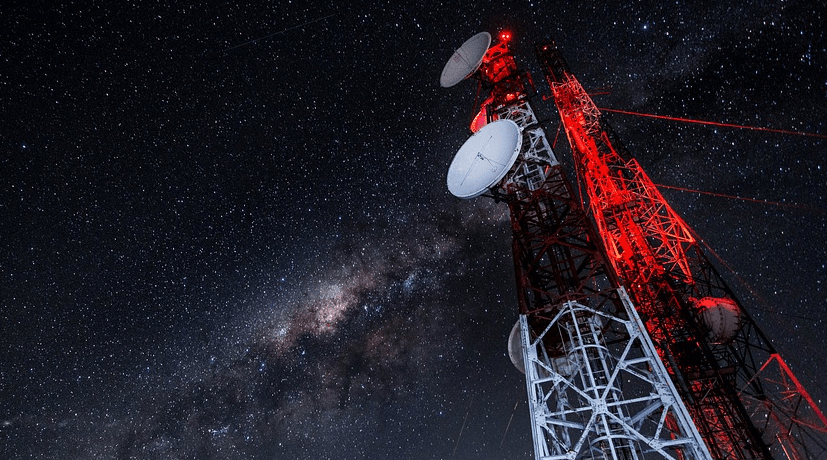The GSM Association (GSMA) has urged the Indian Government to work with the regulator to re-calibrate spectrum pricing for the 700 MHz band after the latter failed to sell any of the critical 700 MHz band in the recently concluded spectrum auction. The global telecom group has urged governments worldwide to reassess its approach to spectrum auction reserve prices following the outcome of the Indian auctions.

John Giusti, Chief Regulatory Officer, GSMA said that timely deployment of this spectrum will expand the reach of mobile broadband services and deliver positive social and economic benefits to the country’s citizens, creating a truly digital India.
The government had put 770 Mhz of spectrum in the 700 Mhz band at a reserve price of Rs 11,485 crore per unit. Indian telecom operators gave this super premium band a miss due to high prices. The airwaves in 700 Mhz band is considered the best to offer higher coverage requiring less capital expenditure by service providers.
“The GSMA is concerned that, after the Indian auction, none of the 700 MHz band can be used to expand mobile broadband coverage to Indian citizens. As we had cautioned, the spectrum went unsold because the reserve prices for this highly sought-after band were set at an unrealistically high level of more than US$60 billion,” Giusti said.
In many markets, mobile operators are struggling to justify the business case for purchasing spectrum at high reserve prices, as proven in India, as well as in the 700 MHz auctions in Australia and Senegal, GSMA said.
“ This hurts consumers by delaying deployment in this critical spectrum, when there is already a vibrant global ecosystem in the 700 MHz band with over 100 LTE networks launched worldwide, supported by 469 devices,” Giusti said.
According to the executive, high reserve prices inhibit investment or delay deployment in next-generation networks at a time when demand for mobile data is exploding.
“Regulators should consider the conditions of the local market when setting reserve prices for spectrum auctions. In India, mobile operators have been asked to pay some of the highest rates for spectrum compared to other markets, even though it has low average revenue per user (ARPU) at US$2.45, as of the end of 2015,” Giusti said.
The successful sale of licenses in the 1800 MHz band is a step in the right direction, helping provide better quality LTE services, GSMA said.
“We are confident that this 1800 MHz spectrum will help operators improve coverage gaps, but more spectrum will be needed to address the exponential increase in mobile broadband traffic,” Giusti said.















